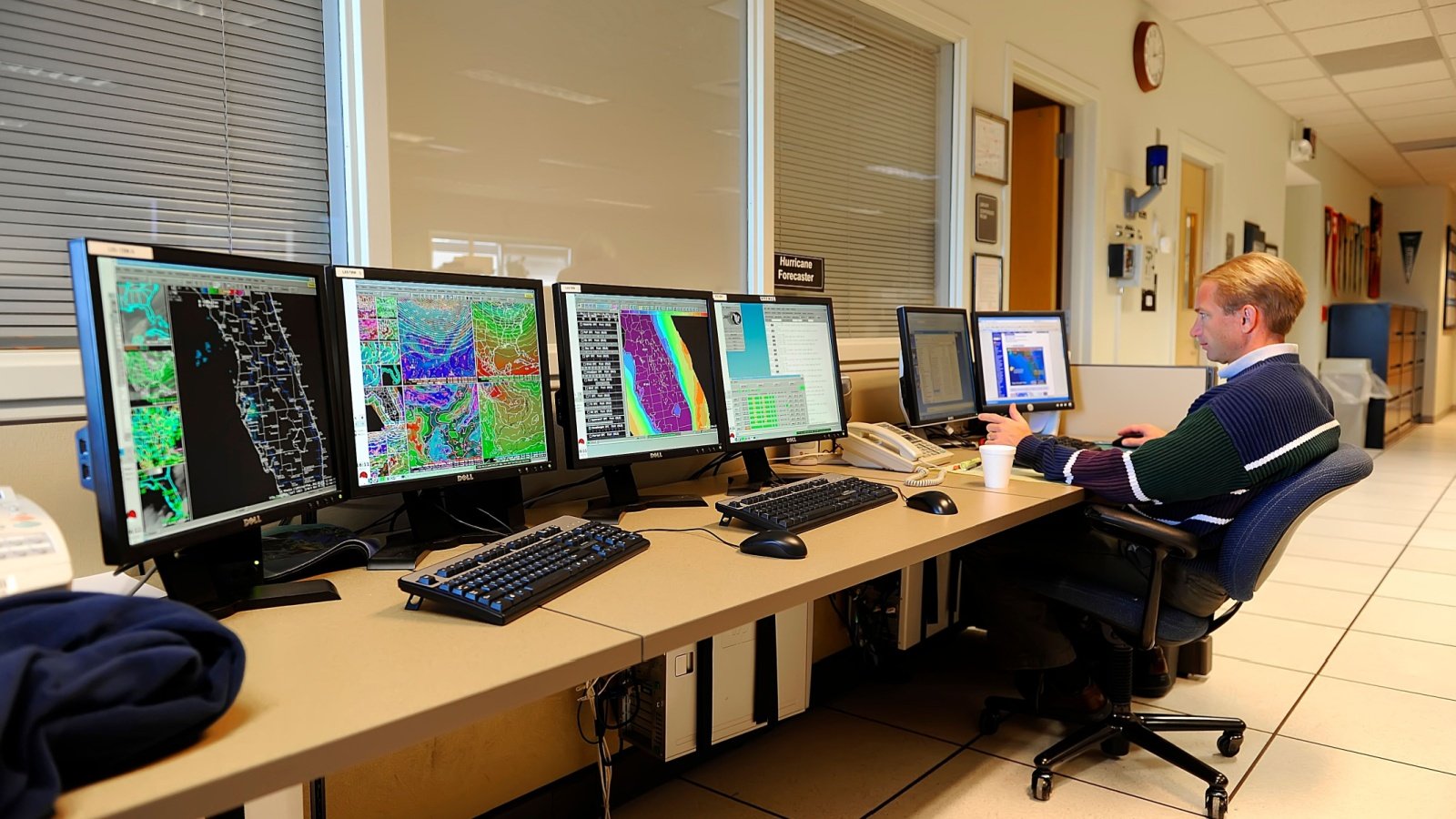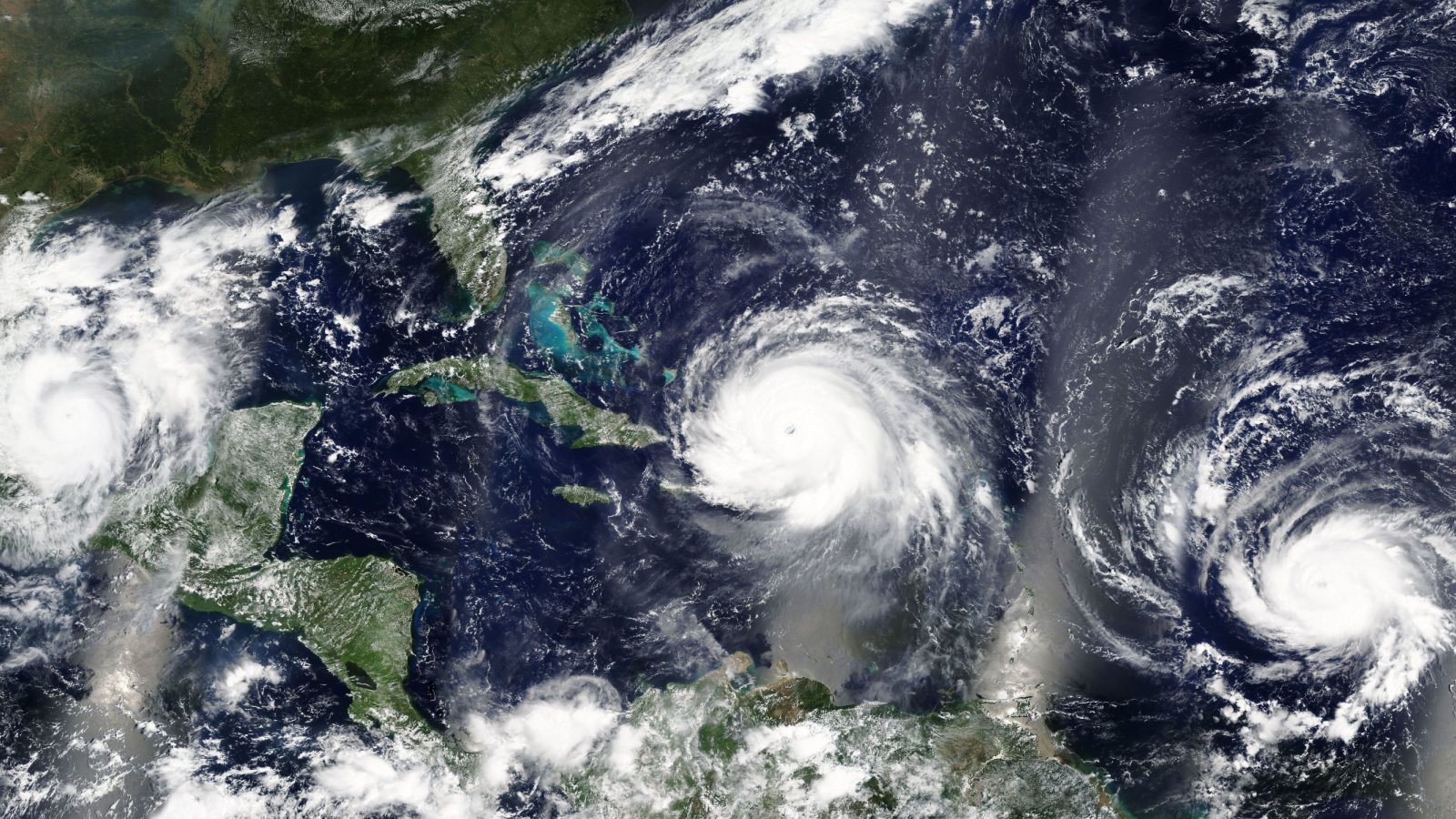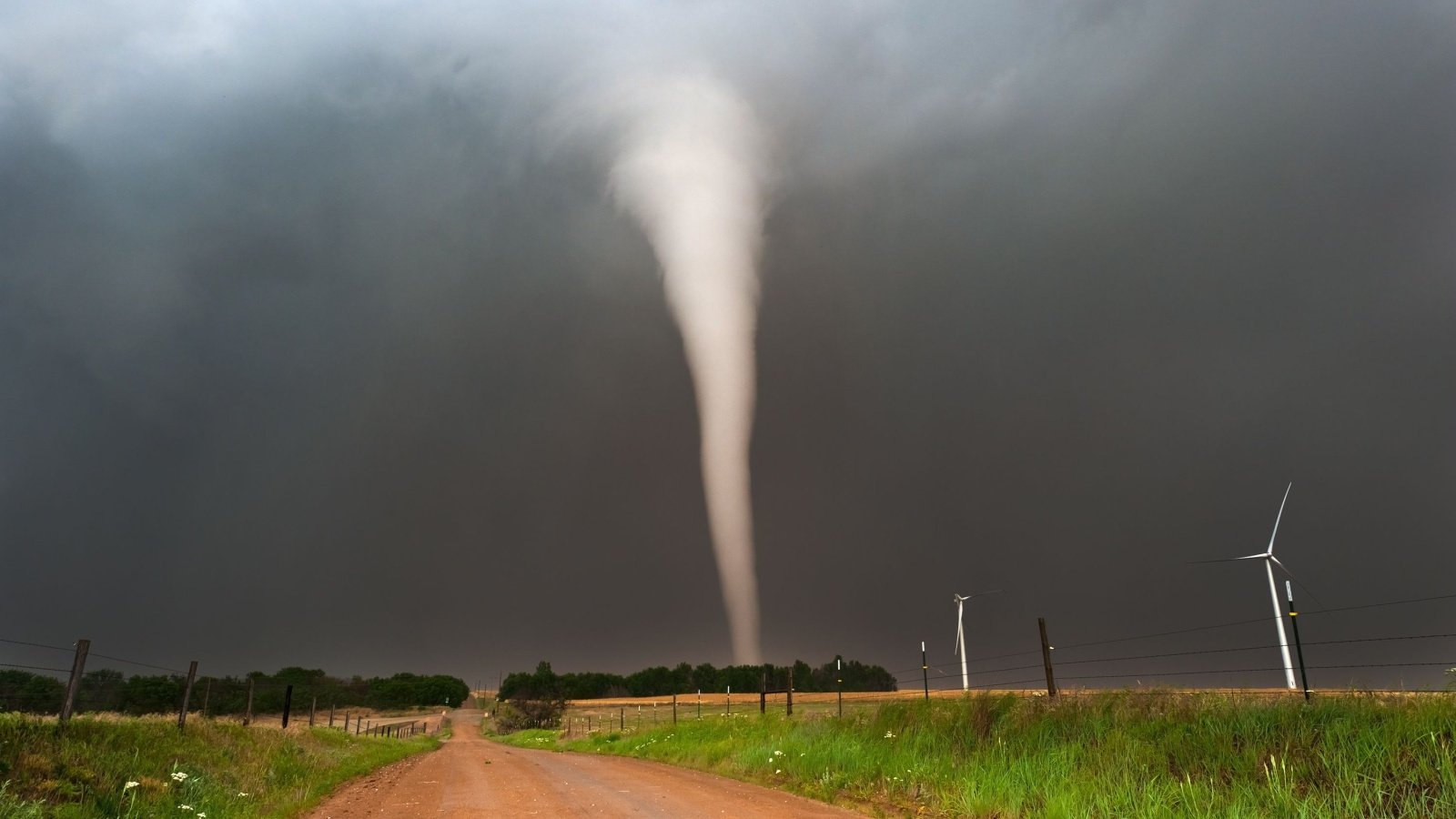As hazardous weather conditions threatened the Midwest early Tuesday, the National Weather Service faced a significant network outage. This disruption hampered the radar systems and the ability of numerous forecast offices to disseminate vital tornado and severe thunderstorm warnings to the public.
Duration and Impact of the Outage

The technical issues persisted for an extensive period, exceeding four hours. This interruption led to intermittent network disruptions impacting a wide array of the Weather Service’s 122 forecast offices, each tasked with the crucial role of monitoring weather patterns and alerting their respective regions to potential dangers.
Warnings Hindered During Critical Times

During the outage, the severe weather conditions necessitated the issuance of about 50 tornado and thunderstorm warnings across several states, including Missouri, Illinois, and Kentucky.
Restoration of Services

Efforts to restore normal operations were successful by 6:30 a.m. Eastern time, as reported by Susan Buchanan, a spokesperson for the Weather Service.
The recovery involved transitioning network services from a data center in College Park, Maryland, to another in Boulder, Colorado. The agency is now focused on collaborating with an IT vendor to ascertain the root cause of the outage.
Recurrent Network Failures

This incident was not an anomaly but rather part of a pattern of network failures, some of which occur as frequently as once a month. However, the impact of this particular outage was notably significant, disrupting meteorological operations across the Midwest.
The Challenge for Meteorologists

Meteorologists were left without access to critical information that is usually readily available. This lack of data resulted in delays and complications in issuing severe weather warnings, potentially compromising public safety.
Repeated and Delayed Alerts

The network issues led to an unusual situation where warnings were either delayed or issued multiple times. For example, the inability of the St. Louis office to issue warnings resulted in the Kansas City office stepping in, followed by a re-issuance once the original systems were back online.
Broadcast Difficulties

The outage also created challenges for broadcast meteorologists attempting to inform the public about the incoming severe weather. The need to rely on alternative means of communication, such as hand-drawn maps, underscored the severity of the network issues.
Meteorologist’s Experience

Jacob Dickey, a meteorologist with WCIA in Illinois, shared his struggles on social media, noting the reliance on manual methods to convey warning areas to his audience. This situation highlighted the operational difficulties faced by meteorologists during the outage.
Return to Normal Operations

Despite the early challenges, the Weather Service was able to resume normal issuance of watches and warnings by Tuesday morning. This was crucial as more storms and potential tornadoes were forecasted to affect the Ohio and Tennessee Valleys.
History of Outages

The Weather Service has encountered major outages in the past, including a significant event in 2021 when its websites crashed. These incidents point to broader issues within the agency’s data infrastructure.
Radar Coverage Gaps

In addition to network failures, gaps in radar coverage represent a persistent vulnerability, leaving millions at risk of undetected severe weather. Addressing these coverage gaps is essential for ensuring comprehensive weather monitoring and public safety.
A Priority for Improvement

Ken Graham, the director of the Weather Service since June 2022, has acknowledged the need to address the aging data infrastructure. Enhancing the robustness and reliability of the network is a top priority for the agency moving forward.
Looking Ahead

The recent network outage serves as a reminder of the critical role of reliable data infrastructure in weather monitoring and public safety. Efforts to identify and rectify the underlying causes of such disruptions are vital for preventing future occurrences and ensuring that the Weather Service can fulfill its mission to protect life and property.








